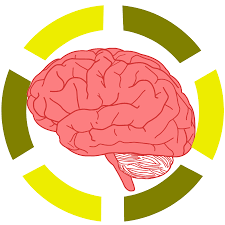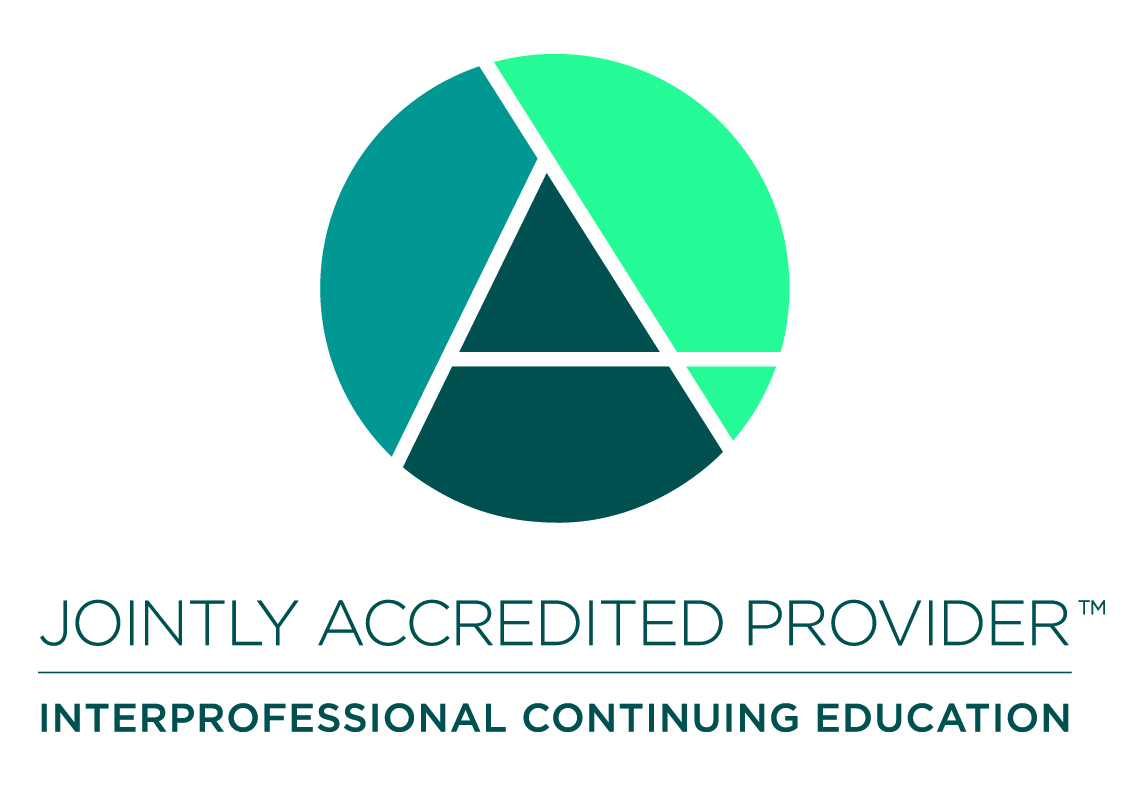
0239_EMC_Neuroscience Bootcamp_Live - 12/6/23 Class
Description:
This 8-hour Neuroscience Boot Camp is intended for all Neuroscience Nurses in the Intermediate and Intensive Care Units. Lecture with interactive Q&A will focus on the neuroanatomy, evaluation, assessment tools, and nursing care of the neurological patient using up-to-date evidence-based practice, Case Study-based discussion. The learner will be able to facilitate culturally and linguistically appropriate care, free of implicit bias. By the end of the class, the learner will be able to demonstrate a comprehensive neurological assessment and be signed-off based on unit standards and requirements.
Target Audience
Nurse Practitioner (NP)
Nurse, Registered (RN)
Pharmacists (PharmD)
Physician Assistant (PA)
Learning Objectives
Upon completion of this course, participants should be able to:
1. Review and identify basic neuroanatomy: Describe lobes of the brain and functions, and vascular supply.
2. Verbalize the purpose of the bedside neurological assessment.
3. Demonstrate a commitment to cultural humility with relevant cultural issues and implicit bias considerations of the neurological patient.
4. Correlate basic neuroanatomy to the potential neurologic deficit(s) that can be found during a bedside assessment.
5. Perform a simulated bedside neurological assessment with the assistance of another participant.
6. Demonstrate ability to critical think during the neurological assessment.
7. Recognize and verbalize the information needed and how to inform the neurosurgeon or neurologist regarding an abnormal assessment including change from the patient’s baseline assessment.
8. Demonstrate knowledge and understanding of the Stroke Core Measures, time sensitive measures, and how to ensure all core measures are met.
9. Demonstrate knowledge and understanding of documentation requirements for Stroke Core Measures.
10. Demonstrate ability to assess for BEFAST and activate a stroke alert.
11. State the pharmacological agents used in the management of aneurysmal subarachnoid hemorrhage.
12. Summarize the evidence supporting the critical role of nimodipine in improving outcomes after aneurysmal subarachnoid hemorrhage.
13. Summarize the evidence for use of milrinone in subarachnoid hemorrhage associated delayed cerebral ischemia.
14. Discuss modifiable stroke complications and the linked importance of anticipating, preventing and effectively managing these conditions, enhancing patient safety and contributing to improved outcomes.
Culturally Appropriate Care which is Free of Implicit Biases (AB 1195 & 241):
Learners are strongly encouraged to engage in self-directed learning related to the impact of implicit biases in this clinical area via the references provided below:
- Bhat, A., Mahajan, V., & Wolfe, N. (2021, March). Implicit bias in stroke care: A recurring old problem in the rising incidence of young stroke. Journal of Clinical Neuroscience, 85, 27-35. https://doi.org/10.1016/j.jocn.2020.12.017
- Ospel, J.M. et al. Toward a Better Understanding of Sex- and Gender-Related Differences in Endovascular Stroke Treatment: A Scientific Statement From the American Heart Association/American Stroke Association. Stroke. 2022;53:e396–e406. https://www.ahajournals.org/doi/10.1161/STR.0000000000000411
Disclosure of Financial or In-Kind Commercial Support & Conflict of Interest
No one involved in the planning or presentation of this educational activity have any relevant financial relationship(s) to disclose with ineligible companies whose primary business is producing, marketing, selling, re-selling, or distributing healthcare products used by or on patients. No financial or in-kind commercial support was received to produce or promote this educational activity.
– Provider Designee/Verification: Kerri Maya, PhD(c), MSL, RN, NPD-BC
Accreditation

In support of improving patient care, Sutter Health, is jointly accredited by the Accreditation Council for Continuing Medical Education (ACCME), the Accreditation Council for Pharmacy Education (ACPE), the American Nurses Credentialing Center (ANCC), and the Association of Social Work Boards (ASWB) to provide continuing education for the healthcare team.
Credit Designation Statement
Sutter Health designates this LIVE activity for a maximum of 7.25 continuing professional development contact hours for nurses and 7.25 knowledge-based contact hours for pharmacists. Learners should claim only the credit commensurate with the extent of their participation in the activity.
Note to Other Disciplines: AMA PRA Category 1 Credits HOURS™ Continuing Medical Education is acceptable for meeting the continuing education requirements for Pharmacists, Physician Assistants, Psychologists, Registered Nurses, and Respiratory Care Practitioners. For other disciplines, please check with the regulatory board for your discipline to confirm what type of credits meet the continuing education requirements. Continuing education hours for nurses accredited by ANCC, via Joint Accreditation.
Attendance & Credit Claiming
Text the 6-letter attendance verification code to (916) 866-7913 to claim credit.

 Facebook
Facebook X
X LinkedIn
LinkedIn Forward
Forward